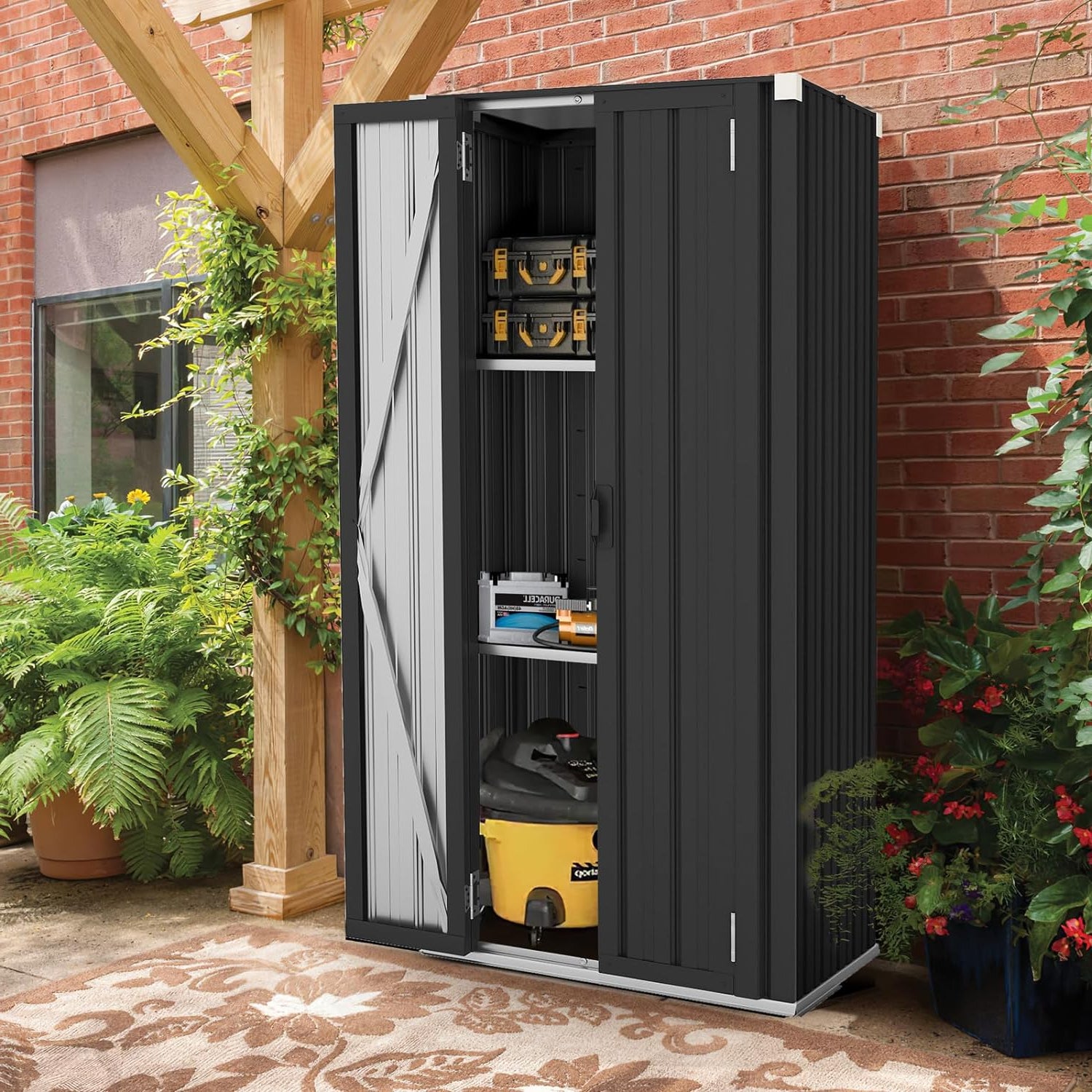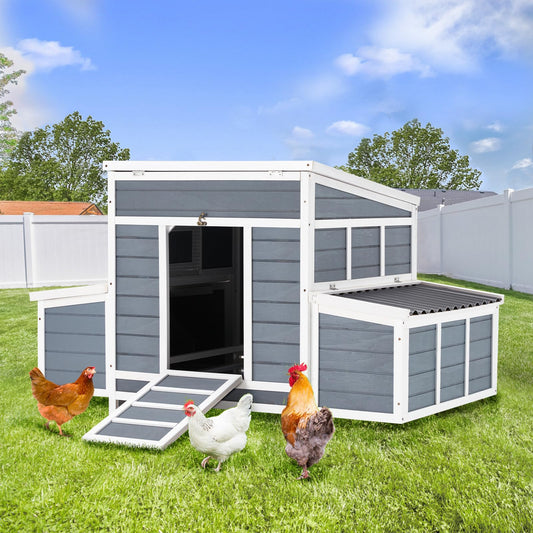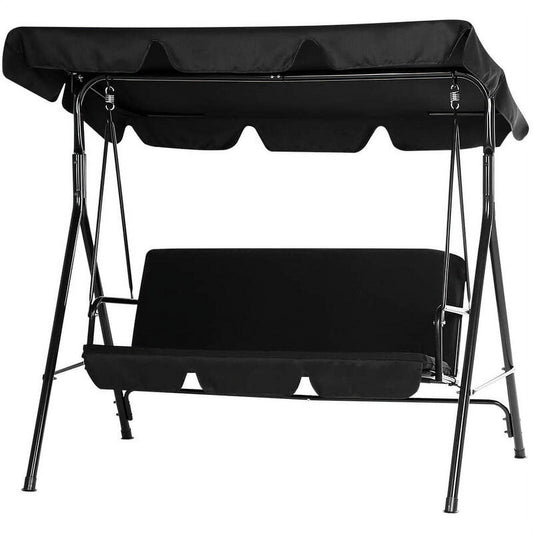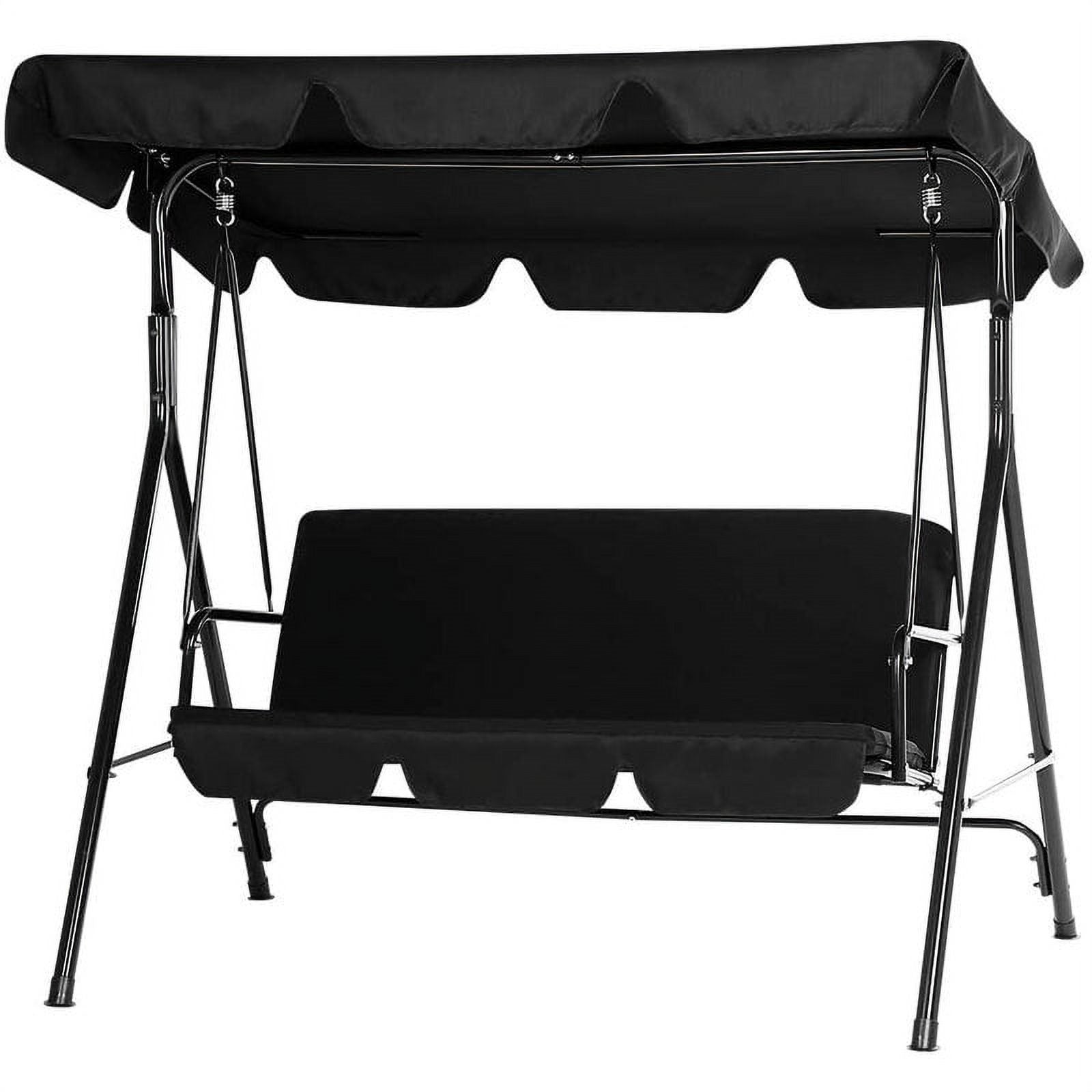Your storage shed is more than just a place to stow tools, lawn equipment, or seasonal items—it’s a functional part of your yard. But there are plenty of reasons you might need to learn how to move a storage shed. Maybe you’re expanding your yard space for a new patio or garden, redesigning your landscaping to boost curb appeal, or even selling or gifting the shed to someone who needs it.
Whatever the case, moving a storage shed isn’t as simple as dragging it across the grass. Do it wrong, and you could damage the shed’s structure, your yard, or even hurt yourself. That’s why this guide exists: we’re breaking down the practical, safe steps to move a storage shed—whether it’s a small metal shed, a wooden tool shed, or a larger structure. By the end, you’ll know how to plan, prep, and execute the move without stress.
1. Why Move a Storage Shed: Common Scenarios & Key Considerations
Before grabbing a shovel or calling friends for help, let’s start with why you might move a storage shed—and what to keep in mind for each scenario. This helps you pick the right tools and method later.
|
Common Reason for Moving a Shed |
Key Things to Note |
|
Expanding yard space |
You’ll need a clear new spot (level ground, no underground pipes) and enough room to maneuver the shed. |
|
Redesigning landscaping |
The new location should fit your design—e.g., a small metal shed might look better near a garden bed, while tool sheds work well by the garage. |
|
Selling/gifting the shed |
You’ll need to coordinate with the new owner, measure their space, and plan a longer move if it’s going to a different property. |
|
Fixing foundation issues |
Sometimes you move a shed temporarily to repair its base (like replacing rotting wood or fixing a cracked concrete pad) before putting it back. |
No matter the reason, the first rule is: don’t rush. Even moving a small storage shed takes planning. For example, if you’re moving tool sheds that hold heavy items like lawnmowers, you’ll need to empty them first (we’ll cover that next) to lighten the load. Skipping this step could make the shed too heavy to move safely, or cause items inside to shift and damage the shed’s interior.
2. Preparing a Storage Shed for Moving
Prepping your shed is one of the most important steps in learning how to move a storage shed. A well-prepped shed is lighter, safer to handle, and less likely to get damaged during the move. Follow these three core steps:
Step 1: Inspect the Shed’s Structure, Foundation, and Weight
First, check if your shed is in good shape to move. Walk around it and look for:
Loose boards, cracked windows, or damaged doors (fix these first—they’ll get worse if jostled during the move).
The foundation: If it’s on a wooden skid, make sure the skid isn’t rotting. If it’s on concrete, see if the shed is attached (you’ll need to loosen it gently).
Weight: Even small metal sheds can weigh 200-300 lbs, while larger tool sheds might hit 1,000 lbs or more. If you’re not sure, check the manufacturer’s specs—this tells you how many helpers or what tools you’ll need.
For example, a small metal shed might only need 2-3 people to move, but a heavy wooden storage shed could require a trailer or forklift. This inspection saves you from surprises later.
Step 2: Empty the Interior and Disconnect Utilities
Next, clear out everything inside the shed. This includes:
Tools (put them in a labeled box to stay organized).
Lawn equipment (like mowers or leaf blowers—drain gas if moving a long distance to avoid leaks).
Seasonal items (Christmas decorations, patio cushions, etc.).
Emptying the shed lightens its weight and prevents items from shifting during the move—no one wants a hammer bouncing around inside and breaking a window.
If your shed has electricity (for lights or outlets) or plumbing (rare, but possible for small workshops), disconnect those too. Turn off the power at the breaker first, then remove any wires or hoses. Secure loose cables with tape so they don’t get tangled.
Step 3: Protect Windows, Doors, and Fragile Parts
Finally, shield the shed’s most vulnerable parts. Even if you’re moving a storage shed a short distance, bumps can crack windows or bend door frames. Here’s how:
Cover windows with bubble wrap or thick cardboard, then tape them securely (don’t use strong tape that peels paint).
Close and lock doors, or tie them shut with rope (this keeps them from swinging open mid-move).
For small metal sheds, check for sharp edges (like loose screws) and cover them with duct tape to avoid cuts.
For example, if your shed has a glass window on the door, wrapping it in bubble wrap and taping it to the door ensures it stays intact. This step might seem small, but it saves you from costly repairs after the move.
Now that your shed is prepped, you’re ready to plan the actual move—like picking a route, gathering helpers, and choosing the right method. We’ll dive into that next, but for now, take a minute to double-check your prep: empty, inspected, and protected. This sets you up for a smooth process when you finally start to move a storage shed!
For anyone looking for a sturdy outdoor storage option, the white YODOLLA Outdoor Cabinet fits the bill. Made of high-quality metal, it resists wind, corrosion, and rain, while its lockable handles and compartmentalized design ensure your tools or utensils are secure and easy to access—ideal as a practical addition to your outdoor space.

3. Planning & Safety Before Moving a Storage Shed
Once your shed is prepped, it’s time to plan the move—this step is what keeps the process smooth and injury-free. Learning how to move a storage shed safely starts with three key plans: route, timing, and gear.
First, map out your moving route. Walk from the shed’s current spot to its new location and clear any obstacles: move rocks, pull weeds, or roll up hoses. If you have a small metal shed, the route can be a bit narrower, but tool sheds (which are often bigger) need more space—aim for a path at least 2 feet wider than the shed’s width. Also, check for underground lines (water, gas, electric) by calling your local utility company—digging into a line mid-move is a costly disaster.
Next, pick the right weather and timing. Avoid rainy or windy days: wet ground makes the shed slip, and wind can push a lightweight shed off course. Aim for a calm, dry morning—you’ll have more energy, and the ground will be firm. If you’re moving a storage shed in the afternoon, avoid the hottest hours—heat exhaustion is a real risk when lifting heavy parts.
Finally, gather safety gear and helpers. You’ll need work gloves (to avoid splinters or cuts), steel-toe boots (in case the shed shifts), and a first-aid kit (for small scrapes). As for helpers: a small metal shed needs 2-3 people, but tool sheds or large storage sheds need 4+—never try to move a shed alone. You should also ask: Do we need professional tools (like a jack or trailer) or should we hire movers? For example, if your shed weighs over 500 lbs, a jack might be necessary to lift it—this is where evaluating your needs ahead of time saves hassle.
4. Methods to Move a Storage Shed Without Dismantling
Most sheds don’t need to be taken apart to move—here are the best methods, depending on your shed’s size and weight. The goal is to find the easiest way to move a storage shed without damaging it.
|
Method |
Best For |
How It Works |
|
Hand-Moving |
Small, lightweight sheds (under 300 lbs), like small metal sheds |
2-3 people lift the shed’s base (use gloves!) and walk it slowly to the new spot. Only do this for short distances (under 10 feet). |
|
Pipes/Rollers |
Medium sheds (300-500 lbs), like small tool sheds |
Place 4-6 metal pipes (2-3 feet long) under the shed’s base. Push the shed— it rolls on the pipes. Move pipes from the back to the front as you go. |
|
Sliding on Skids |
Sheds with existing wooden skids (most tool sheds) |
Add lubricant (like soap) to the skids. Push or pull the shed slowly—skids reduce friction so it slides easily. Great for flat yards. |
|
Trailer Transport |
Medium-large sheds (500-1000 lbs) |
Use a jack to lift the shed onto a utility trailer. Secure it with ropes or straps. Drive slowly to the new spot—this works for long distances. |
|
Forklift/Tractor |
Large, heavy sheds (over 1000 lbs) |
Hire someone with a forklift or use a tractor to lift the shed. This is the safest way to move a large storage shed, as it avoids manual lifting. |
For example, if you have a small metal shed in your backyard and need to move it 5 feet to make space for a garden, hand-moving is perfect. But if you’re moving a tool shed from your old house to a new one (a 10-mile drive), a trailer is the only practical option. Remember: The best way to move a shed depends on your situation—don’t force a method that’s too small for your shed.
5. DIY Moving a Storage Shed vs. Hiring Professionals
Deciding whether to move the shed yourself or hire pros comes down to cost, risk, and how much control you want. Let’s break it down simply.
DIY moving saves money on labor, and you get full control over the process—you can take your time and make sure the shed is handled gently. It’s a good choice if you have: a small metal shed or lightweight tool shed (under 500 lbs), enough helpers (3+), and basic tools (gloves, pipes, a jack). For example, moving a small storage shed 10 feet across your yard with friends is easy to DIY. But DIY has risks: if you lift wrong, you could hurt your back; if the shed slips, it could crack or damage your yard. You also need to factor in time—DIY moves take 2-4 hours, depending on the method.
Hiring professionals is better when your shed is large, heavy, or hard to move. For example, if you have a 1500-lb storage shed or need to move it over uneven ground (with hills or stairs), pros have the tools (like forklifts) and experience to do it safely. They also handle the hard parts—like lifting the shed and securing it for transport. The downside? You’ll pay more, and you have less control over the timeline. When should you hire pros? If your shed weighs over 1000 lbs, if you don’t have enough helpers, or if you’re worried about injury or damage. It’s also a good idea if you’re moving the shed a long distance (over a mile) and need to use a trailer—pros know how to secure it properly.
At the end of the day, both options work—just pick the one that fits your shed’s size, your skills, and your comfort level. The most important thing is to make sure you move a storage shed safely, whether you do it yourself or hire help.

6. Costs & Considerations for Moving a Storage Shed
Moving a storage shed isn’t just heavy lifting—you also need to budget for costs and plan for challenges. Knowing these factors up front helps you avoid surprises and keep the move on track.
Key Cost Factors
- Size & Weight – A small metal shed costs far less to move than a large wooden or tool shed.
- Distance – Longer moves increase labor time, equipment rental, and transport fees.
- DIY vs. Professionals – DIY moves only cost for tools (rollers, straps, jacks). Hiring pros means paying for labor and their equipment but usually saves time and risk.
Time & Manpower
- Small metal shed: 2–3 people, ~2 hours.
- Large tool shed: 4+ people, half a day or more.
- Rushing can lead to mistakes like yard damage or even dropping the shed—plan ahead.
Common Challenges & Quick Fixes
| Challenge | Solution |
|---|---|
| Uneven Ground | Lay down plywood or planks to create a stable, flat path. |
| Shed Stuck | Use a jack to lift it slightly and place rollers underneath. |
| Bad Weather | Cover with a tarp and pause until the ground dries before resuming. |
Knowing these factors makes learning how to move a storage shed smoother, safer, and cheaper. For example, understanding safe lifting and moving techniques
can help you avoid injuries and plan better (external resource).
7. Safety Tips When Moving a Storage Shed
Safety should always come first—even a small metal shed can cause injury if handled wrong. Follow these tips to protect yourself and the shed:
When lifting, never bend at your waist. Squat down, grab the shed’s base (not the walls—they might break), and lift with your legs. For example, if you’re moving a small storage shed with friends, assign one person to call “lift” so everyone moves at the same time.
Securing the shed during transport is also crucial. If you’re using a trailer, use ratchet straps to tie the shed to the trailer’s anchors—this stops it from sliding. For tool sheds (which are bigger), add extra straps on the front and back to keep it stable.
Avoid common mistakes: Don’t overload the trailer (the shed should be the only heavy item), don’t let kids or pets near the moving area, and don’t push the shed too fast. Rushing can make you trip or lose control of the shed.
These tips might seem simple, but they’re the best way to move a shed without getting hurt or damaging your property.
If you need a tough, roomy outdoor storage solution for tools, bikes, or lawn gear, the YODOLLA Metal Lean-to Shed is a top choice. It holds up to 20 bicycles or 10 lawnmowers, resists 70 mph winds, and stays rust-free with galvanized coating—perfect as durable tool sheds for any backyard.

8. FAQs About Moving a Storage Shed
We get it—you probably have questions about how to move a storage shed. Here are the most common ones, answered simply:
|
Question |
Answer |
|
Can you move a storage shed without dismantling it? |
Yes! Most sheds (small metal sheds, tool sheds) can be moved whole—just use the right method (like rollers or a trailer). Dismantling is only needed if the shed is too big or damaged. |
|
How do you move a large storage shed? |
Use a forklift or tractor to lift it, then place it on a trailer. Hire pros if you don’t have access to these tools—large sheds are too heavy to move by hand. |
|
Do you need to jack up a shed before moving? |
Yes, for most methods. A jack lifts the shed slightly so you can slide rollers or skids underneath. This is key for moving tool sheds or medium-sized storage sheds. |
|
How to move a shed a short distance? |
Hand-move it (for small metal sheds) or use pipes/rollers. For short distances (under 20 feet), these methods are fast and easy. |
|
How do you lower and secure the shed after moving? |
Lower it slowly with a jack (if used), then check if it’s level. Add gravel or concrete blocks under the base to keep it stable. For tool sheds, attach the base to the ground with stakes to prevent it from shifting in wind. |
9. Conclusion – Key Takeaways for Moving a Storage Shed Safely
By now, you know the ins and outs of how to move a storage shed. Let’s recap the key steps:
Prep the shed: Inspect it, empty it, and protect fragile parts (like windows).
Plan ahead: Choose a route, pick good weather, and gather helpers/gear.
Pick the right method: Use hand-moving for small metal sheds, a trailer for tool sheds, and pros for large sheds.
Stay safe: Lift with your legs, secure the shed, and avoid rushing.
Progressive overload (starting small and working up to bigger sheds) helps too—if you’ve never moved a shed before, start with a small metal shed to practice. Consistency in following safety tips also ensures success.
If you’re unsure about moving a large storage shed or don’t have the right tools, don’t hesitate to contact professional shed movers. They have the experience to do it safely and quickly.
At the end of the day, moving a storage shed is doable with the right plan. Follow these steps, and you’ll have your shed in its new spot without stress—whether it’s a small metal shed for your garden tools or a big tool shed for your lawn equipment!























